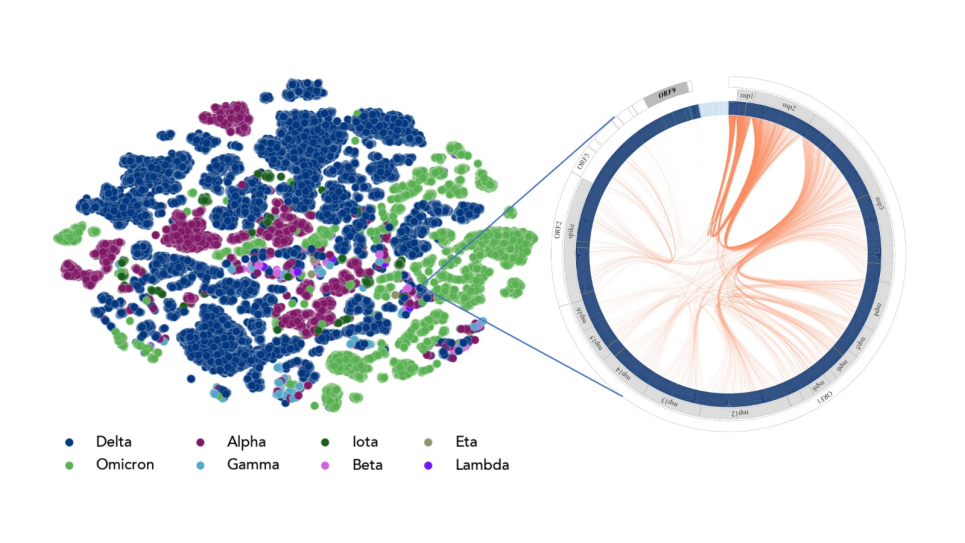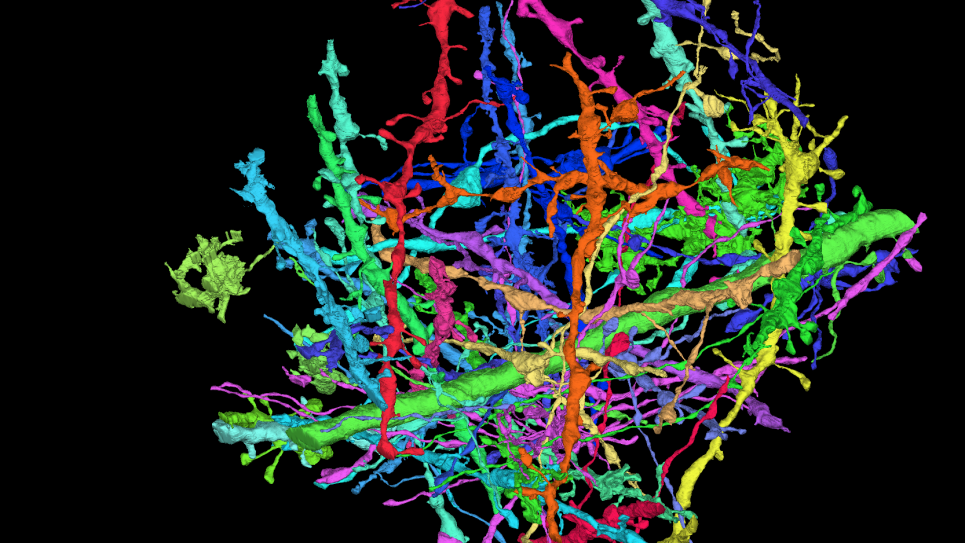Cerebral aneurysms occur in up to 5% of the general population, leading to strokes in over 40,000 Americans each year. Sickle cell anemia, a chronic inflammatory disease, is the most common genetic disease among African Americans, with an 8% incidence of the trait in this population; 50,000 individuals battle sickle cell anemia in the United States each year. Cerebral malaria is a related disease of the red blood cells, with mortality at up to 20%, even with treatment. More than 1.5 million deaths are reported annually, chiefly in children.
No quantitative tools exist to predict aneurysms or the progression of conditions like sickle cell anemia or cerebral malaria. Researchers are using the power of supercomputers to create realistic simulations of these brain pathologies, quantifying their biophysical characteristics for the first time. Through physiologically correct multiscale simulations of the human brain vasculature, scientists are able to model blood flow in the human brain vasculature, the first of its kind, consisting of hundreds of large 3-D arteries (Macrovascular Network, MaN), 10M arterioles (Mesovascular Network, MeN) and 1B capillaries (Microvascular Network, MiN).
To date, the team has achieved the following:
- Simulated the initial stages of clot formation using a coupled continuum-dissipative particle dynamics solver.
- Simulated blood flow at various levels of hematocrit and healthy and diseased red blood cells.
- Studied the mechanical properties of glycocalyx.
- Studied microcirculation in bifurcating arteries.
- Studied the conditions for the eventual rupture of an aneurysm.


